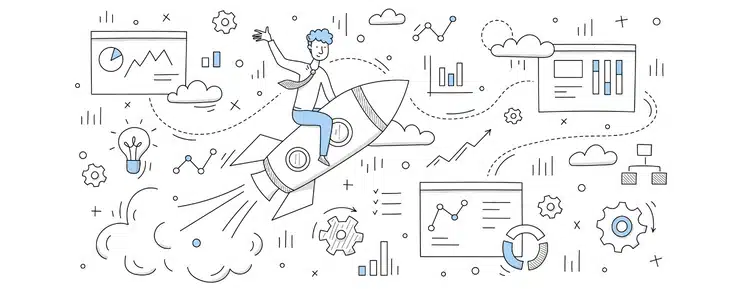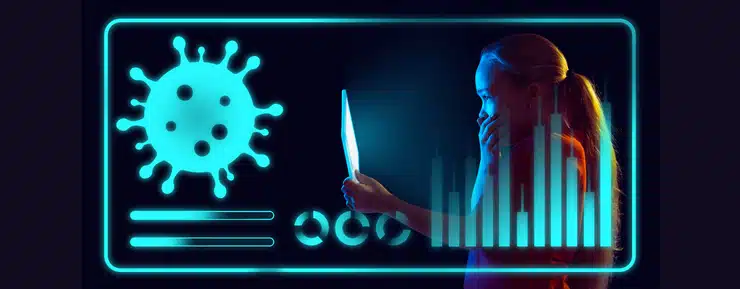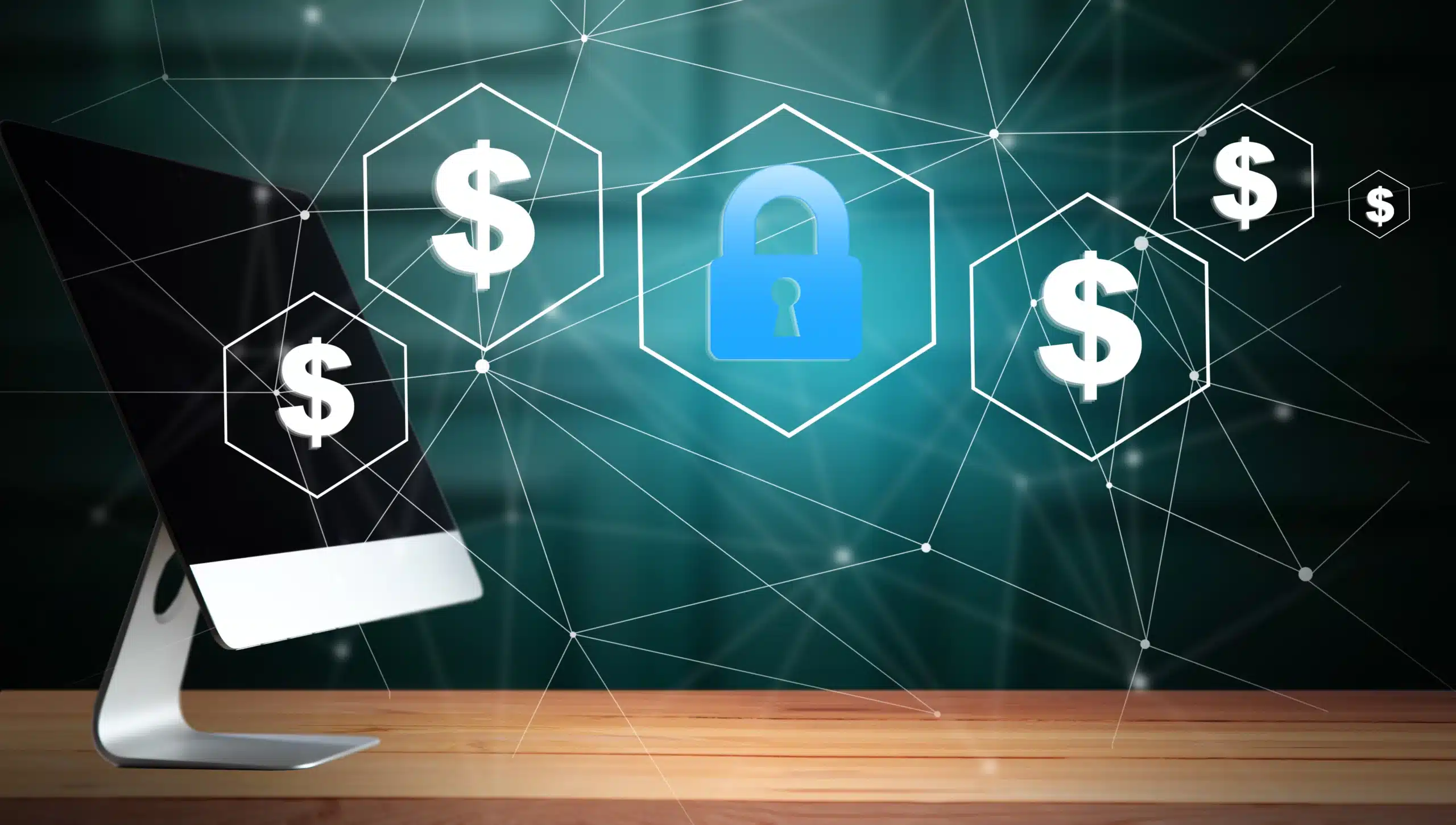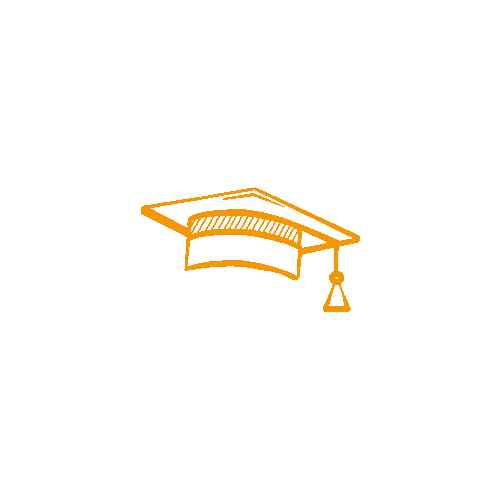AI & Analytics – Our Armor against COVID-19
The coronavirus (COVID-19) outbreak has the world in its grip with the death toll topping 4000 and the virus having spread to 104 countries apart from China. Amidst the pandemonium surrounding the outbreak, the pillar of strength that governments and people can rely on has turned out to be emerging tech like Artificial Intelligence (AI) and Analytics. Despite no vaccine or cure in sight, the Chinese government is showing signs of containing the spread with a decline in COVID-19 cases across the country. This can be attributed to its aggressive containment measures involving tech. Not all countries may be privy to China’s extensive surveillance and technology but it is proof that AI and Big Data may be our strongest defense against this growing pandemic.
BlueDot is a San Francisco-based AI startup that uses Natural Language Processing (NLP) and Machine Learning to predict disease outbreaks around the world. It was able to forecast the coronavirus outbreak in December 2019, way before it became mainstream news in February 2020. This helps to keep the health professionals updated about the latest news regarding the virus outbreak and gives them time to focus their efforts on battling this illness. Insilico Medicine is another start-up that is using analytics in the healthcare domain. Its AI system is currently updating a database that will provide researchers with a list of molecules that could counter the coronavirus. Harvard Medical School is using Big Data to comb through patient records, public health data, and social media to know the current location of the outbreak. This will result in increased awareness and concentrated efforts to curb further spread of COVID-19.
The Chinese government has spared no expenses to ensure the containment of COVID-19 and has urged tech companies to come up with solutions for the same. It has relied heavily on AI and Big Data to handle the crisis with thermal scanners, AI-based apps, tracking, and around the clock surveillance. The public transportation is being tracked to ensure that infected people are not endangering others. Thermal scanners are used to measure the body temperature of people entering the railway station’s gates, thus alerting the officials if anyone has a fever (a common symptom of the coronavirus). The infected people are screened and quarantined; making the health official’s task that much easier. The quarantined individuals are tracked to ensure that they do not endanger the lives of those around them.
The government has been using AI to limit exposure to infected people and quarantine those who might have already come in contact with the virus. The news channels were broadcasting information of confirmed cases with their travel details so that people could gauge if they had been in the vicinity of confirmed patients. Apps are being used that retrace a person’s steps to find out if he/she has come in contact with an infected person and also to help people avoid neighborhoods that have been affected by the outbreak. Robots have been deployed in street corners to remind passers-by to wear masks. These extensive tech-dependent measures by the government have certainly aided to curb the panic and spread of the dreaded virus.
Even though there’s no cure in sight, the use of emerging tech like AI, Big Data, Machine Learning, and Analytics has helped us put up a tougher fight and is helping with the preventive measures successfully, as witnessed in China. Though there are concerns about the expansive personal data being collected by the Chinese government, it has certainly proved useful amidst the COVID-19 outbreak. With startups and tech giants aiding researchers, surely the vaccine/cure is not too far away. Emerging tech has once again proved that technology can aid mankind in ways thought impossible a few decades ago if channeled in the right manner. Creativity and progress go hand in hand.






